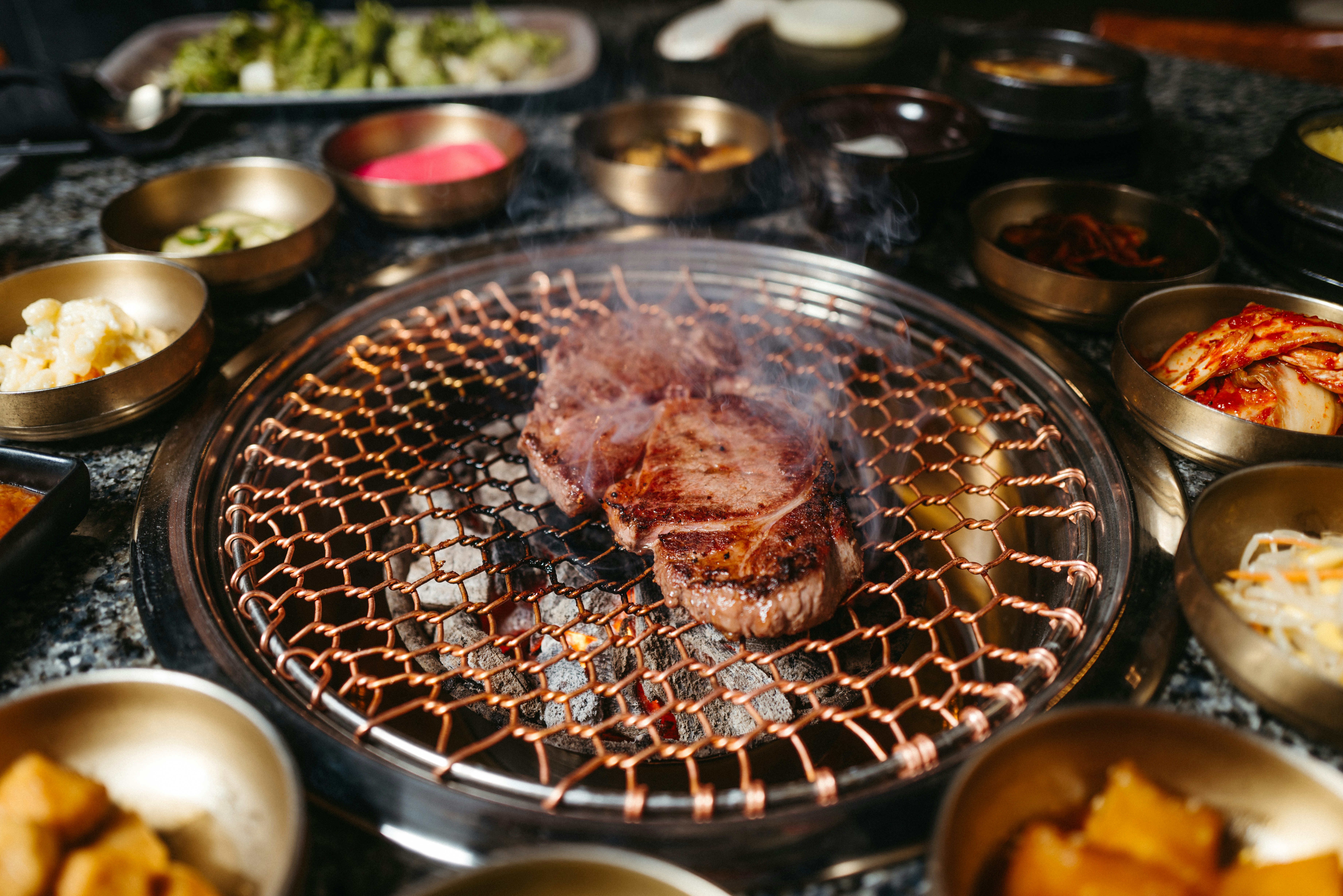Discover the Intriguing World of Aquafaba: The Vegan Egg Substitute
Welcome to the world of culinary innovation where seemingly ordinary ingredients are transformed into gastronomic delights. Our focus today is an ingredient that is not only storming the vegan culinary scene but also captivating the curiosity of all food enthusiasts: Aquafaba.
What is Aquafaba?
Aquafaba, literally meaning “bean water”, is the liquid left over from cooking legumes, most notably chickpeas. This unassuming liquid has emerged as a popular egg substitute in vegan cooking due to its unique properties. When whipped, it has a similar consistency to egg whites, allowing it to be used in a variety of dishes from meringues to mayonnaise.
The Science Behind it
The characteristics of Aquafaba can be attributed to its composition. It is rich in proteins and carbohydrates, which give it its unique thick and viscous texture. These properties allow it to trap air, creating a foam-like consistency when whipped, similar to that of whipped egg whites.
How to Use Aquafaba in Cooking
Aquafaba has a mild taste, making it incredibly versatile in the kitchen. It can be used in a variety of dishes where eggs are typically used. For example, it is perfect for making vegan meringues as it holds its shape well after being whipped. It can also be used to create fluffy vegan pancakes, or as a binder in vegan burgers.
Aquafaba in Cocktails
Beyond the realm of food, Aquafaba has also found its place in the world of mixology. It is often used as a substitute for egg whites in cocktails. Its foaming properties make it ideal for creating the frothy top layer in cocktails such as whiskey sours and pisco sours.
Unleashing the Potential of Aquafaba
Aquafaba’s potential is not limited to its function as an egg substitute. Its unique properties have sparked curiosity among food scientists and chefs, leading to further exploration and innovative uses.
-
Aquafaba can be used in baking to make breads and cakes fluffier.
-
It can be used as a thickener in sauces and gravies.
-
Aquafaba can be frozen for later use. Simply pour into an ice cube tray and freeze.
-
The liquid from canned chickpeas can be used directly as Aquafaba.
-
It is advised to use unsalted canned chickpeas, as the salt content can affect the end result of your dishes.
As we delve further into the world of food and culinary art, the importance of understanding and utilizing every possible ingredient becomes more evident. Aquafaba is one such ingredient that has taken the culinary world by storm, proving that even the most humble of ingredients can be transformed into something extraordinary. Whether you are a vegan looking for an egg substitute, a food enthusiast keen on trying something new, or a mixologist looking to shake things up, Aquafaba is worth exploring. So, the next time you drain a can of chickpeas, think twice before discarding that liquid gold!





